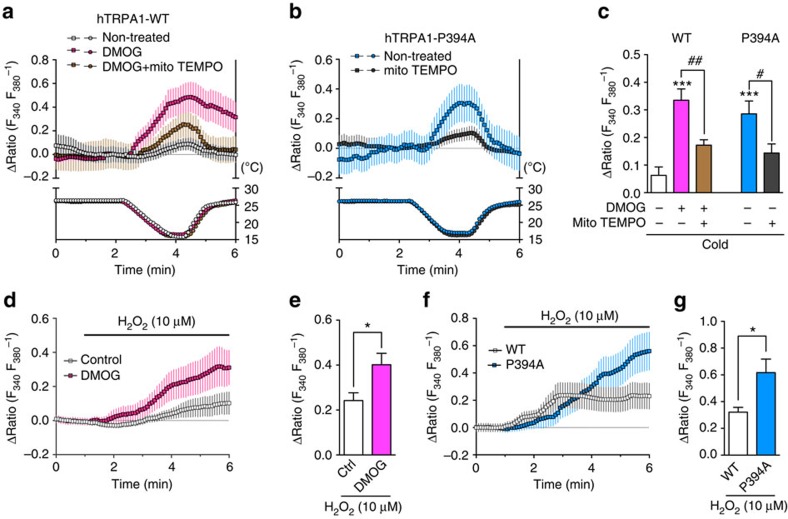Figure 2. Enhanced response to ROS induced by relief from prolyl hydroxylation mediates cold sensitivity of hTRPA1.
DMOG-pretreated hTRPA1-WT- or hTRPA1-P394A-expressing cells were exposed to cold (a–c) or 10 μM H2O2 (d–g) and analysed using Ca2+ imaging experiments. (a–c) Representative traces of cold-induced [Ca2+]i responses in hTRPA1-WT-expressing cells pretreated with or without 100 μM DMOG for 2 h (a, n=7–20 cells) and hTRPA1-P394A-expressing cells (b, n=11–16 cells) with or without 10 μM mitoTEMPO pretreatment, and statistical analysis (c, n=45–75 cells). ***P<0.001 versus non-treated hTRPA1-WT (white bar); #P<0.05, ##P<0.01; one-way ANOVA with Tukey's post hoc test. (d,e) Representative traces of 10 μM H2O2-evoked [Ca2+]i responses in hTRPA1-WT-expressing cells pretreated with vehicle (control) or 100 μM DMOG for 2 h (d, n=47–55 cells), and statistical analysis (e, n=4–8). *P<0.05; unpaired t test. (f,g) Representative traces of the [Ca2+]i response evoked by 10 μM H2O2 in hTRPA1-WT- or hTRPA1-P394A-expressing cells (f, n=43–46 cells), and statistical analysis (g, n=5–6). *P<0.05; unpaired t test. All data are expressed as mean±s.e.m. Ctrl, control.

